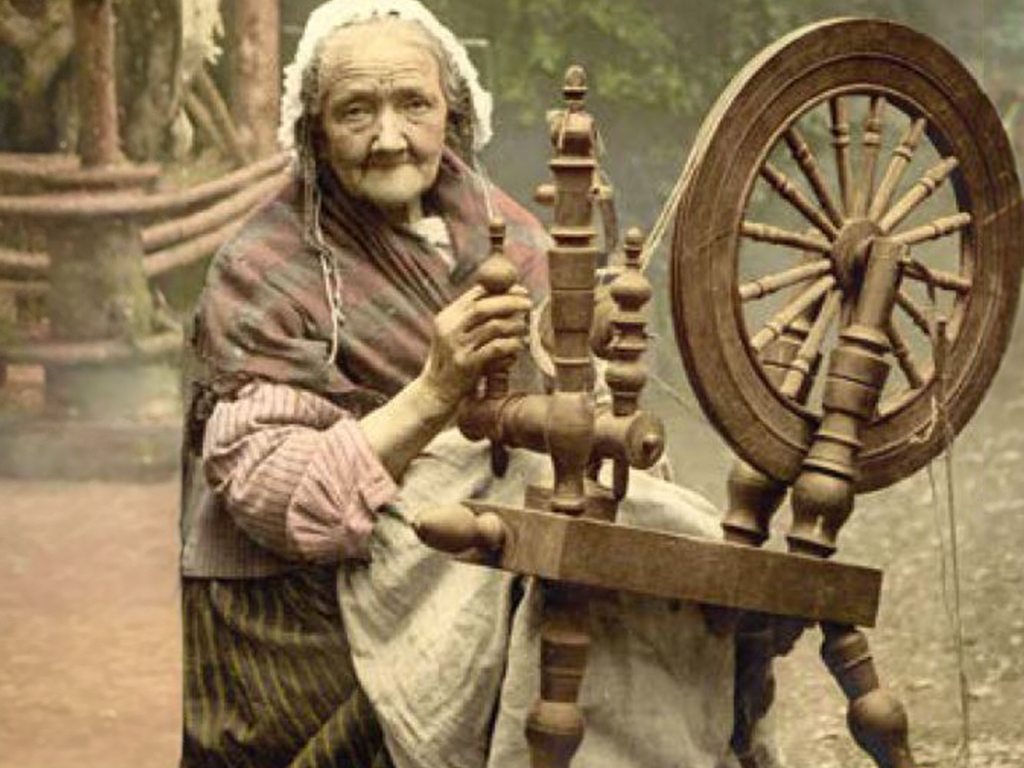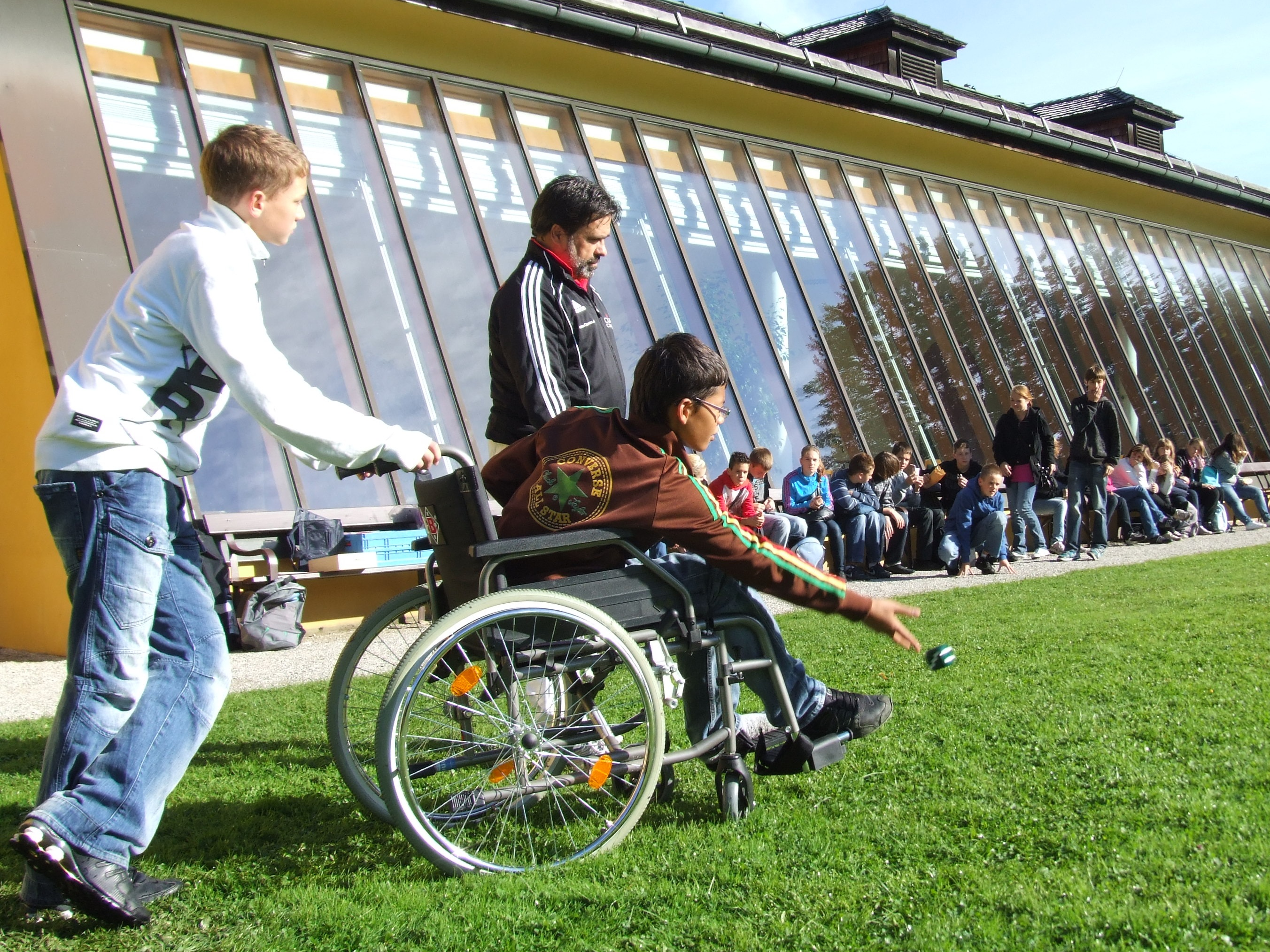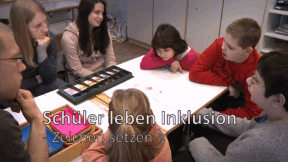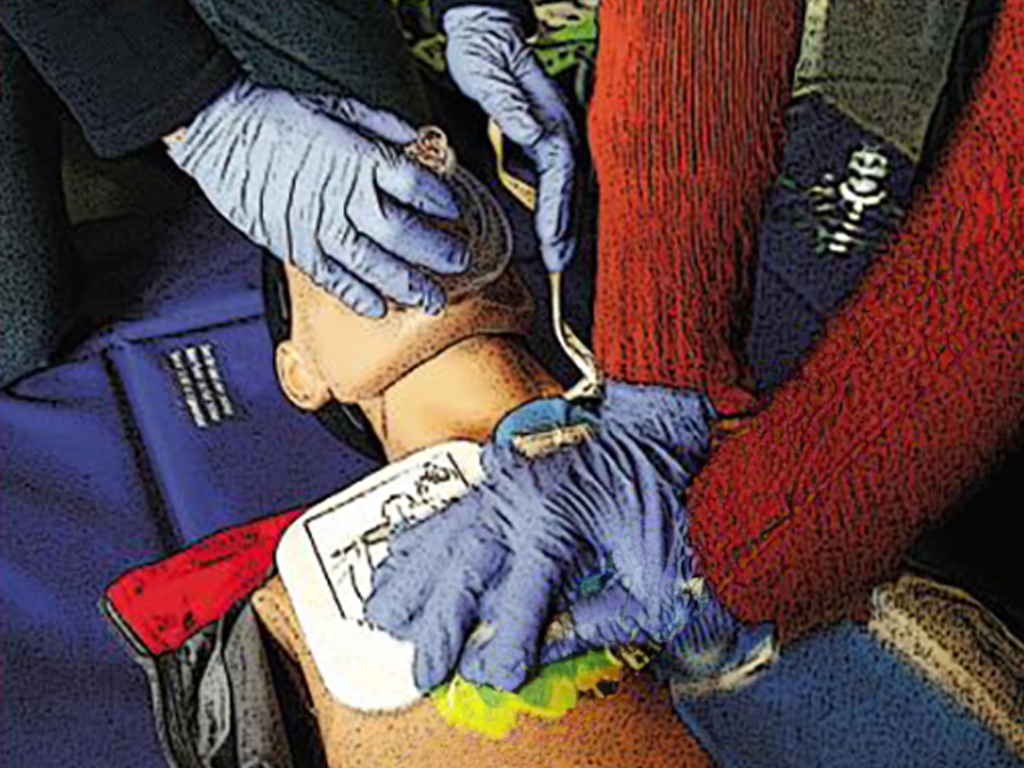 Primary School
Primary School


4675527 / 5563675
Old Crafts
Traditional Trades in Former Times
Crafts have existed for centuries. Some old craftsmen’s trades have almost disappeared over time. In order to keep up the traditions of the crafts, old handicrafts are presented at traditional festivals or on markets. In the course of the centuries, many crafts have been replaced by newer methods and technologies. Some have almost sunk into oblivion. Preserving these skills and passing them on to future generations is more than just a pleasant pastime. Museums, societies and traditional markets strive to preserve the knowledge connected to these crafts for posterity. Inventions that are considered modern today could already be obsolete tomorrow, just like many of the crafts presented here.
Play trailer

Curriculum-centred and oriented towards educational standards
Matching
Podcasting
Today, the use of new media has become a matter of course not only in everyday life – schools and teaching, too, benefit from the new technologies and methods, which support active and independent learning. Especially in computer science, ethics and language courses but also in all other subjects, modern media are a valuable pedagogic and didactic asset. This DVD uses the example of podcasts to demonstrate how the possibilities opened up by new media can be applied in the classroom and how the pupils can be taught to handle them in a competent and target-oriented manner. The film is aimed at supporting the use of podcasts at school and encourages making them. This also requires the ability to find information on the Internet and assess it. The film informs on the functionality of podcasts and technical background as well as on the teaching and learning possibilities offered by podcasts – ranging from specific contents to superordinate learning targets such as the advancement of creativity and team spirit. The DVD is a useful support for teachers applying new media and wishing to show their pupils how to handle Running Time: 20:29 ms them in a sensible way.
Pupils Practise Inclusion
When people come together, no matter under what concomitant circumstances – ultimately, it is about how these people meet and how openly they interact with one another.









